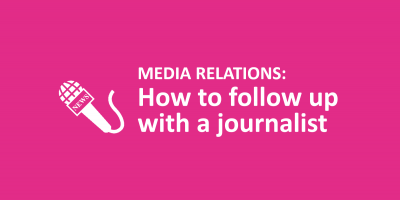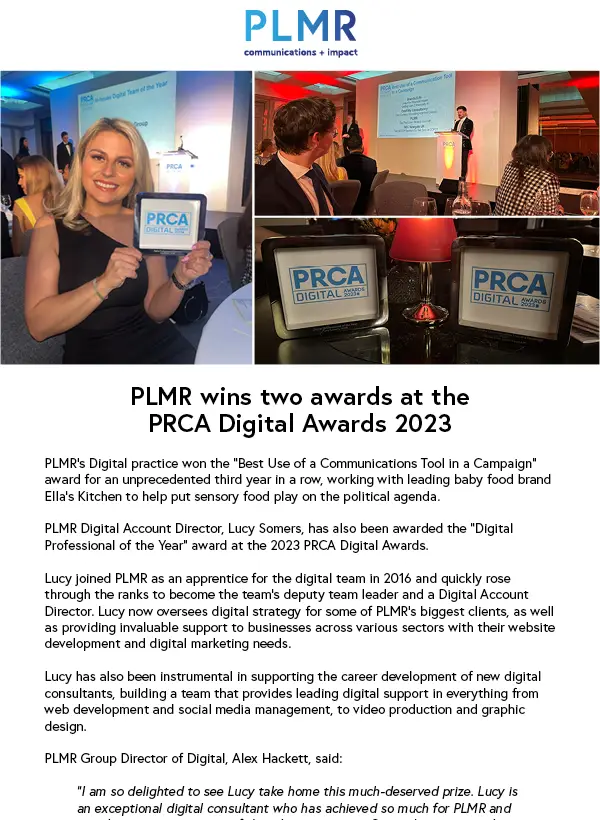Like any sound, functioning relationship, the interaction between a journalist and a PR professional is built on trust. The truth is that both can be and very much are the best of friends. Gone are the days where a journalist will publish a story and consider it a favour. Both rely on each other to make a story work.
Getting noticed amongst the pile of emails in a reporter’s inbox can be difficult, but gentle persistence and providing the journalist with genuinely useful and interesting information can be the start of a very fruitful relationship. A good PR professional would tailor their release to suit the audience of the publication they are targeting for example.
After sending a story by email, when is it then a good time to follow up?
I don’t believe in hard and fast rules, and there is no such thing as a ‘one size fits all approach’, but I personally find that email correspondence is usually the best way to get the journalist’s attention in the first place. Some journalists hate that you follow up with a call, and some appreciate the nudge. I usually try to give it a day or two at least (if time permits); if not a few hours after the initial email can help. Getting to know the journalist you are contacting is the most important – and the more you contact them, the more you’ll know what works and what doesn’t. It is important to maintain that relationship. Whatever you do, one follow-up should be enough. A little respect and consideration can go a long way.
Consideration does go both ways though. Whilst PRs must respect the overwhelming number of pitches that land in a journalist’s inbox daily, all we ask is that they try to respond if possible. Sometimes all we need is the closure – whether it is a positive or a negative – we’d like to know what the journalist is thinking – if the story isn’t of interest, then why not? This will also ensure that we don’t bother them again too.
When do you call it quits?
If unsuccessful the first time round, what I also find works well – especially if you know and believe your story is right for the publication – is re-pitching with a different angle or form. But think about it carefully – the last thing you want to do is bug the journalist. For example, your story may not work as a news item; it may be more suitable in the form of an opinion or comment piece. The journalist may then see it in a different light and potentially consider it. A certain amount of tenacity and drive is required, but as with anything, this approach will have its limits.
It really is a two way street – journalists need PRs just as much as we need journalists, so it is important to build up an honest relationship from the beginning.




